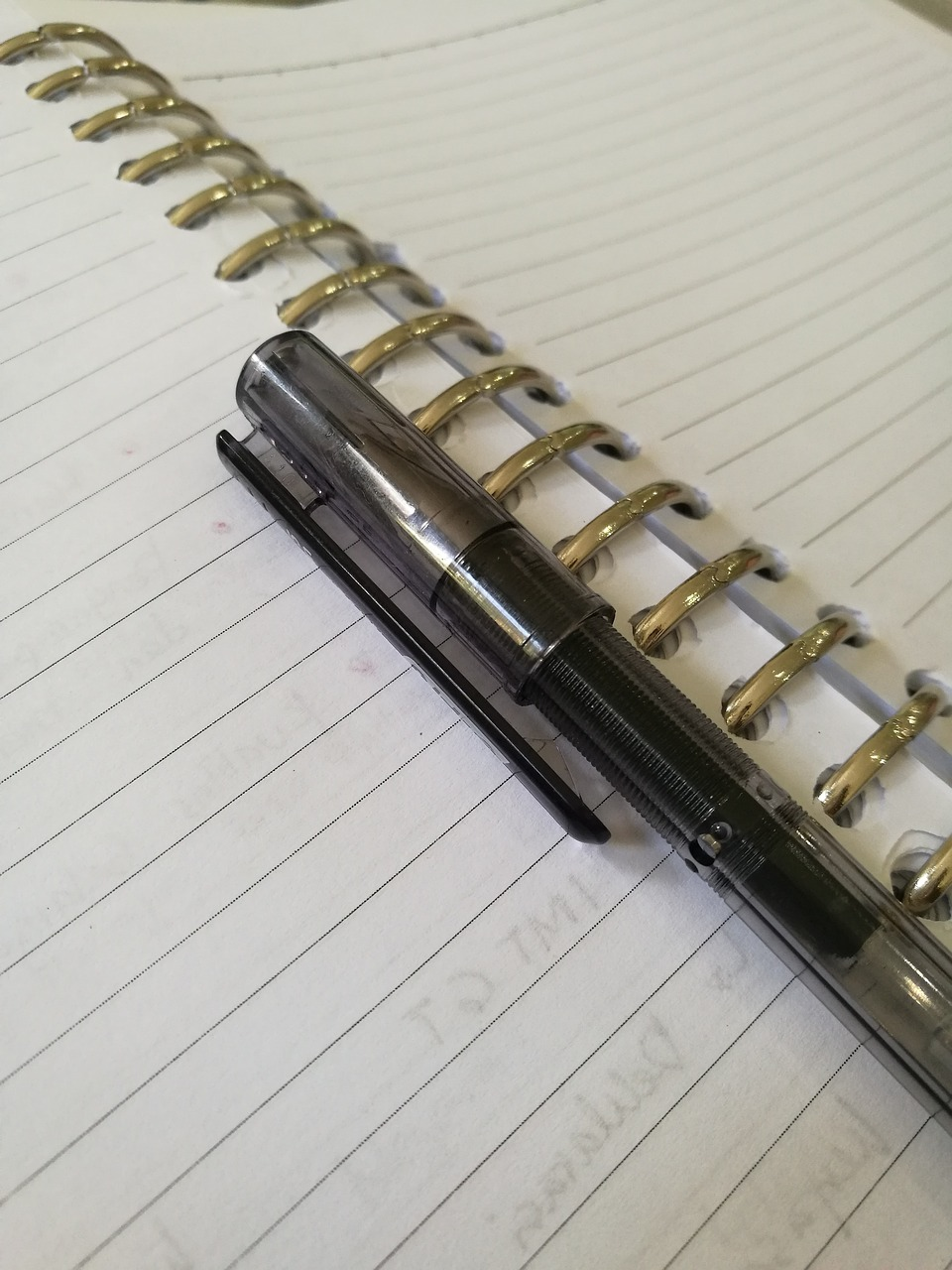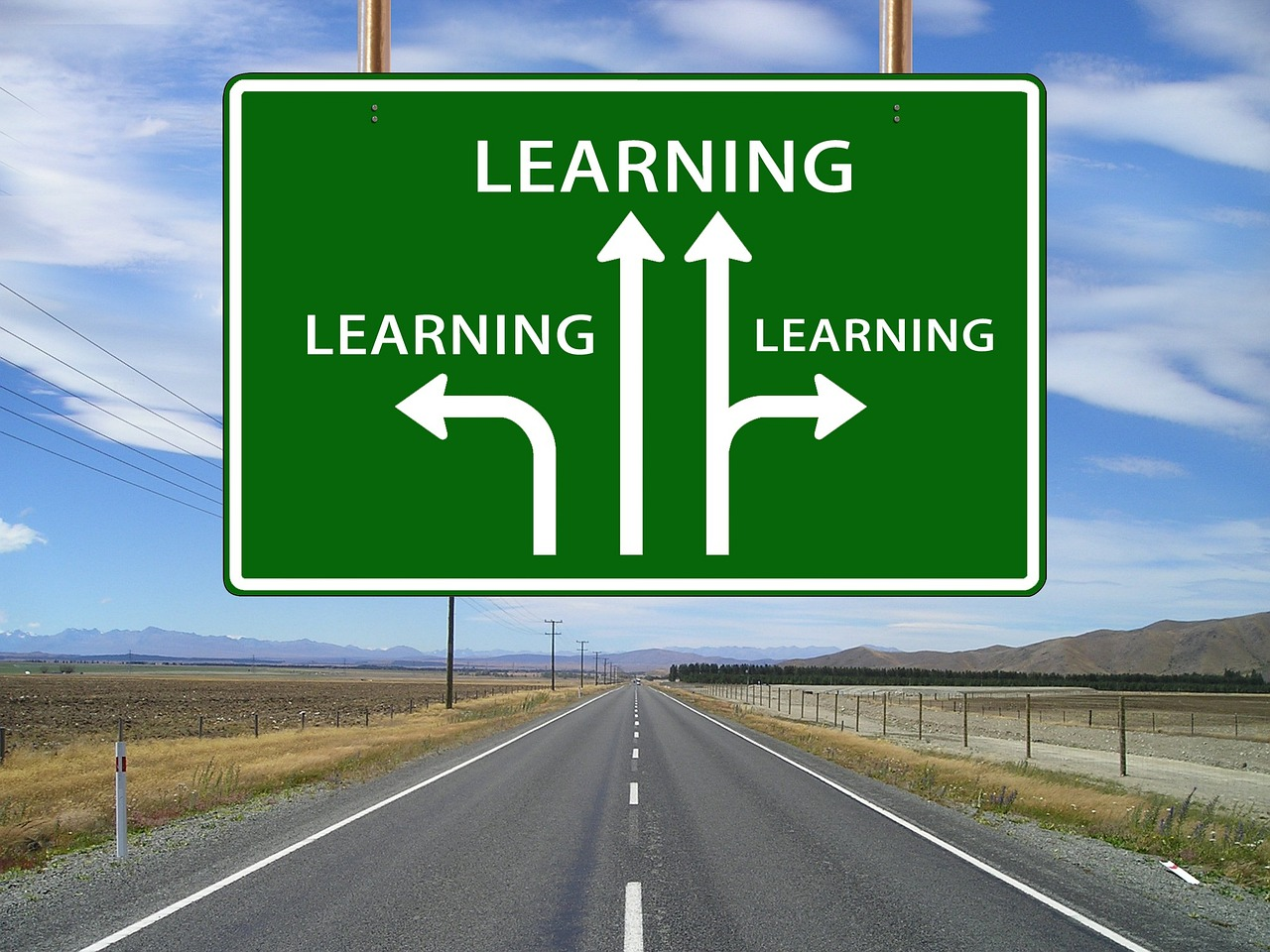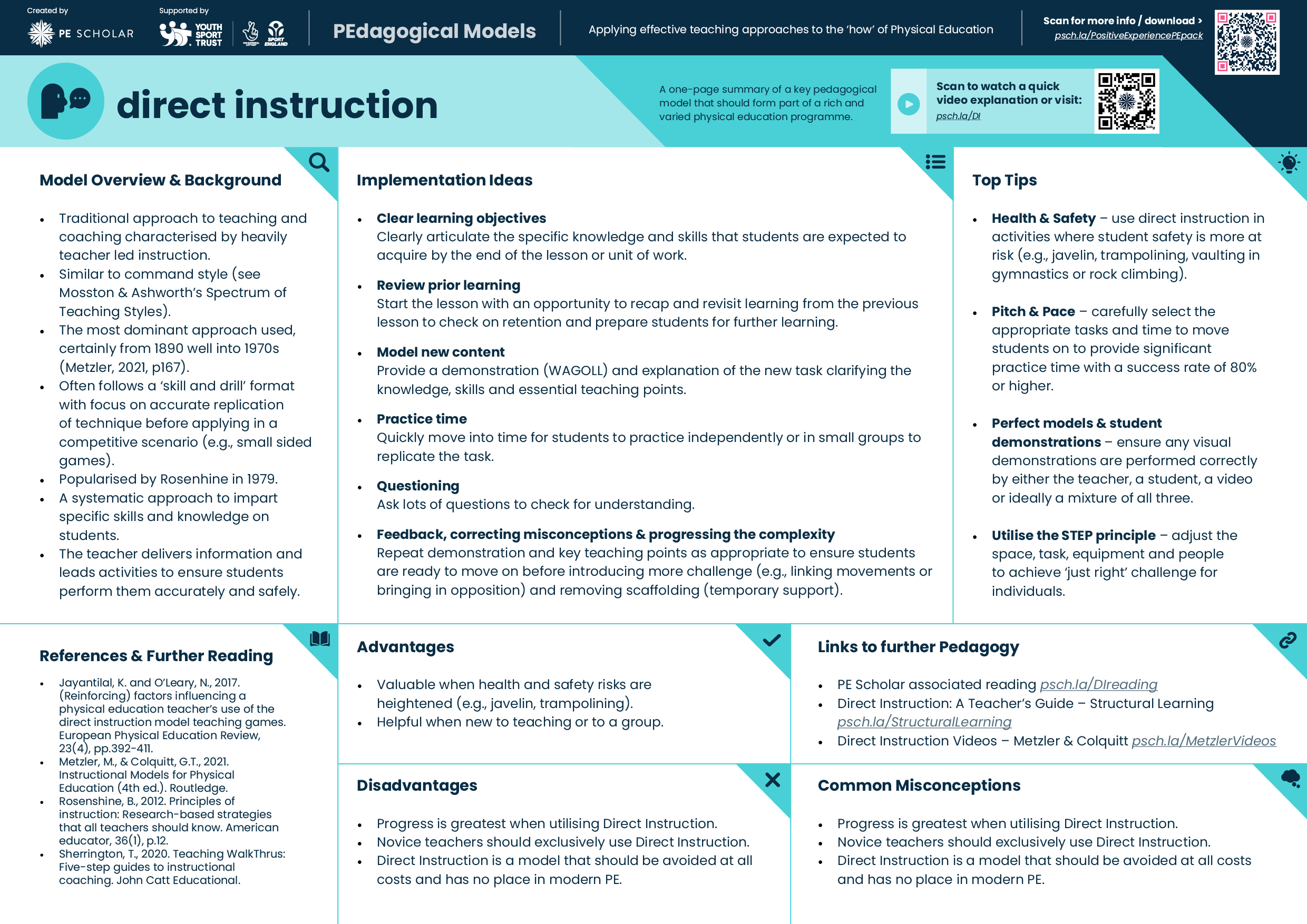
Applying effective teaching approaches to the ‘how’ of Physical Education (PE)
In this series, we present six one-page summaries of key Pedagogical Models that should form part of the diet of rich and varied PE delivery.
Each of these models provides a structured framework to guide the teaching and learning process, enhancing the overall effectiveness of physical education programmes.
The benefits of applying PE pedagogical models
Organised and purposeful lesson plans
Pedagogical models help PE educators create learning material and carefully planned lessons designed to address key learning objectives. They also promote a systematic progression of skills and knowledge to meet intended learning outcomes, facilitating a logical and effective learning journey for students.

Differentiated instruction
Moreover, these models contribute to differentiated instruction, allowing teachers to tailor their approach to meet the diverse needs and abilities of students. By incorporating various and effective teaching strategies and styles, pedagogical models enhance engagement and understanding among students with different learning preferences. Variety is the spice of life and all that!

Incorporation of critical life skills
Additionally, the use of pedagogical models in PE delivery supports the development of critical life skills such as teamwork, communication, creativity and problem-solving. Structured lesson plans enable educators to integrate these skills seamlessly into physical activities, promoting holistic student growth.

Holistic development
It is widely accepted that PE has the potential to develop physical, cognitive, social and affective domains of learning. By using a rich variety of ‘models’ in your practice it can pave the way to move ‘beyond the physical’ to recognise, develop and celebrate wider skill development that is essential to success in PE, in sport, and in life.
Assessment and evaluation
Furthermore, employing pedagogical models assists in the assessment and evaluation of student progress. The models prompt the incorporation of measurable criteria for evaluating individual and collective achievements in PE, aiding in the identification of areas for improvement and adjustment of instructional strategies.

Today’s PEdagogical model: direct instruction
The direct instruction method is the traditional instructional approach in teaching and coaching that was the prevailing method until the 1980s. This approach is characterised by heavily teacher-led instruction, often employing a ‘skill and drill’ format that emphasises accurate replication of techniques before their application in competitive scenarios, such as small-sided games. In this approach, teachers deliver information, lead activities, conduct mini-plenaries for further instructions, and provide feedback to correct misconceptions, ensuring students perform tasks accurately and safely.

Advantages
Maintaining classroom control and managing risk
Efficient use of lesson time and resources
Maximises practice time through a systematic approach that imparts specific skills and knowledge in a methodical manner
Swifter performance improvements
Disadvantages
Students lack ownership, autonomy and opportunity for creativity
Learning is often not as ‘sticky’ as more student centred or discovery learning
One-page summary – direct instruction
Download the attached one-page summary for further information on direct instruction.
Curriculum development: Why not use it to guide a PE department meeting followed by a period of testing and instructional coaching to help develop your repertoire of approaches to teaching.
It includes a short video available via the QR code to bring it to life along with:
Implementation ideas
Top tips
Common misconceptions
Links to further pedagogy

Coming soon! Next in the series
Look out for the next in our PEdagogical models series:
Cooperative learning
Games-based approaches
Sport education
Health-based PE (HbPE)
Teaching personal and social responsibility (TPSR)
Further information
Read
Research
Systematic observation as a pedagogical tool
Ideas
Also see The Spectrum of Teaching Styles for more ideas on lesson delivery



Responses